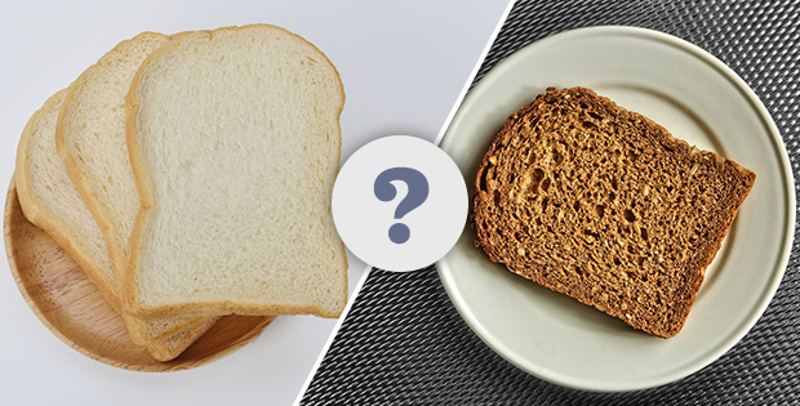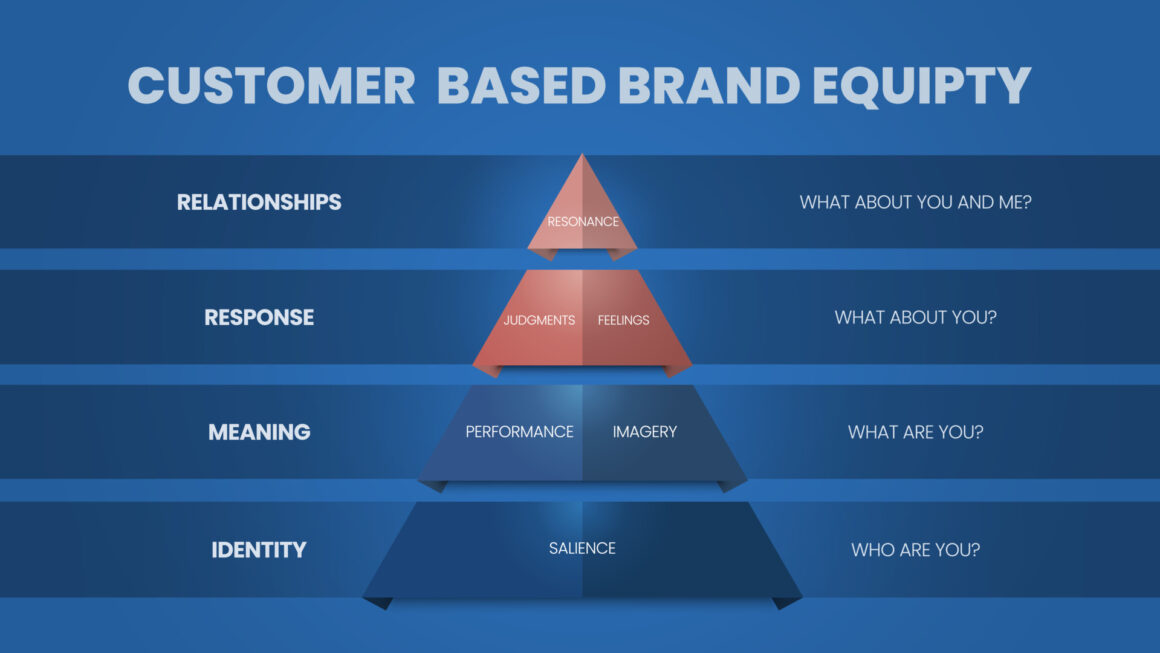The idea of conceiving marketing concepts in terms of bread was first introduced by Pamela Vaughan from HubSpot. Gregory Ciotti later detailed it out. As the name suggests, White vs Wheat bread concept is a clear distinction between two different types of content of social media updates.
Let’s go with a world-wide assumption “Wheat bread is better for you than White bread.”
Creating White Bread content
Now, from the above assumption we made, it’s not like white bread is junk food (crap content), but it is actually just a bit more snackable than its counterpart the Wheat bread. It is just comfortable to consume, easier to share and its main motive was to reach as much audience as possible.
You would ask, “Isn’t this a goal for every piece of content?”
Well, Not really! And that’s why it is essential to keep this segregation in mind while creating your content.
Let’s learn from the example Gregory himself gave. Though customer service, in general, is slower than “marketing”, you would regularly spot a viral customer service story on big news sites or other social media. We can say that it’s a popular “sub-topic” in our industry.
These pieces are called the White Bread content. The main goal of such pieces is to reach as many people as they can. Indeed takeaways are important, but they are secondary to creating something fun and a piece with a lot of social currency and is no brainer to share.
Creating Wheat Bread content
Generally, this type of content is harder to create, of course, depending on your topic. But it even harder for your readers to digest in the first go.
The main motive behind writing a Wheat Bread content is one of the following:
- Create a repeatable process that solves a hard problem
- Gives an in-depth view of a complex topic
- Address a vital concern/topic in your industry but generally with a fresh perspective.
Think of this as a system that helps people solve their problems. So, every time a person uses your solution, they will naturally think of you.
For example, you introduce in your article a review system where you ask your readers what they are struggling with within your content. This is an excellent idea as it will get your subscribers to respond with an issue. And would also give you an idea of what sort of information people are ready to pay for. Derek Halpern gave this great idea in his article.
Even though his piece of content didn’t get as many shares and likes as his other posts, Derek’s advice did very well in terms of “Wheat Bread” content. That’s because people actually implemented his technique and even talked about it.
That’s the real motive for creating a Wheat bread content. You forgo the likes and shares in favor of mindshare. If someone implements your advice, then they will form a connection with you.
It is essential to strike a balance between the type of content you produce. However, there is no fixed formula to it. The white bread content will help you gain traffic whereas, the wheat bread content will help you gain reputation. The trick is to keep in mind the motive or outcome of your content while writing it. This will help you create content with much clarity and will help you measure your results.
To sum it up all:
White bread content is the straightforward, snackable, shareable content that aims to reach as many people as it can.
Wheat bread content is more profound, more rigid, and solution-oriented content valuable to a small group.
Read more about :



